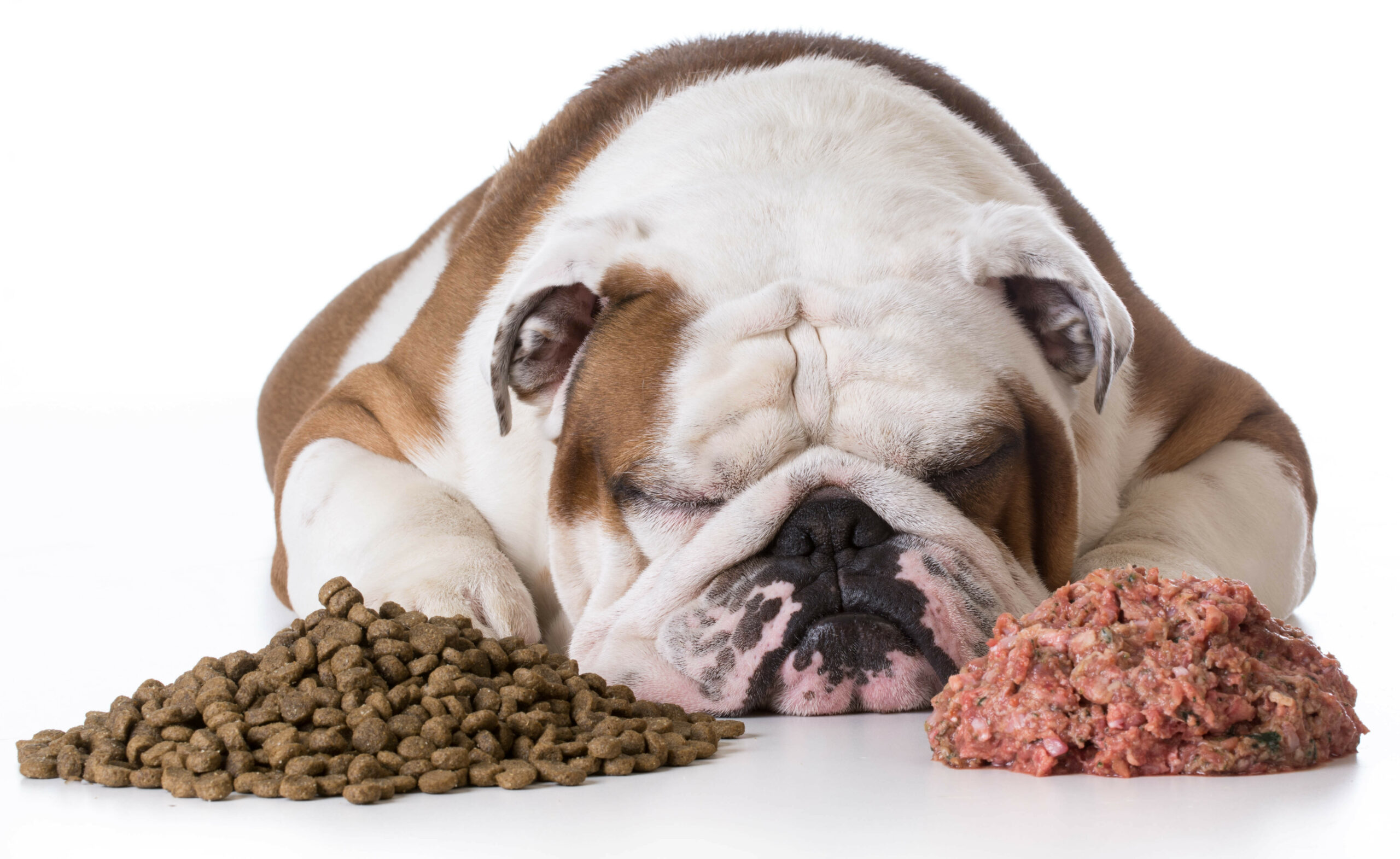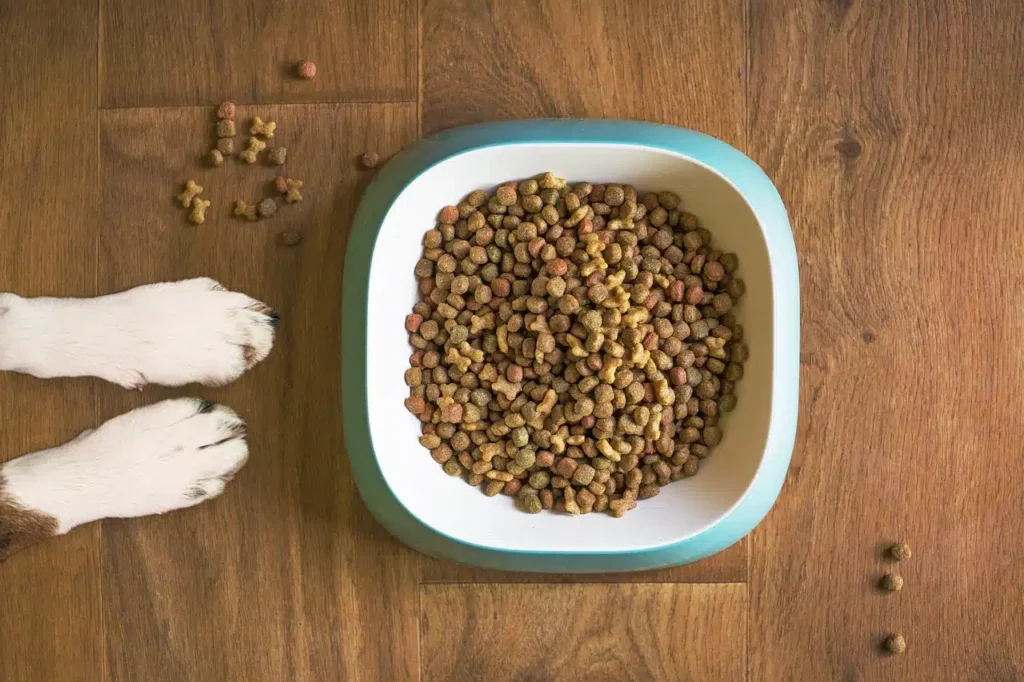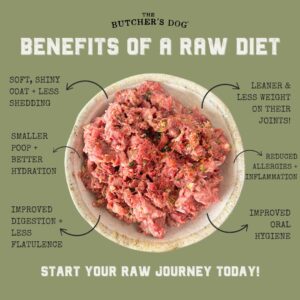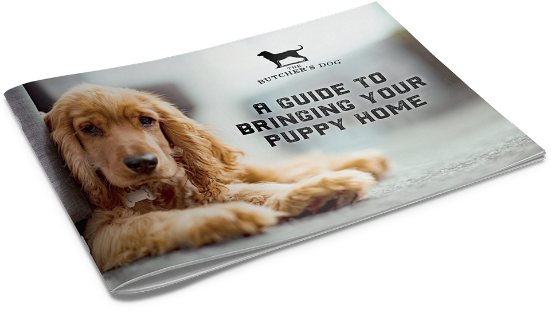How Kibble Contributes to Insulin Resistance
Kibble is convenient, but it comes at a cost.
To form those crunchy little pellets, manufacturers need a binder – and that binder is almost always made up of starchy carbohydrates like corn, rice, wheat, or potato. In fact, many dry dog foods are 40–60% carbohydrates – far more than a dog’s body is built to handle.
When dogs eat these high-carb meals day after day, their blood sugar spikes. In response, the pancreas produces insulin – the hormone that tells cells to absorb glucose (sugar) from the bloodstream.
Over time, those constant sugar spikes and insulin floods can lead to insulin resistance – a condition where the body stops responding to insulin properly. That’s the beginning of a dangerous metabolic loop.
What Does Insulin Resistance Mean for Your Dog?
When your dog becomes insulin resistant, their cells stop “listening” to insulin. That means:
❌ Glucose stays in the bloodstream longer
❌ The pancreas works overtime to produce even more insulin
❌ Blood sugar becomes harder to regulate
❌ Fat storage increases
❌ Inflammation rises
❌ Energy crashes become more frequent
Left unchecked, this cycle can progress to Type 2 diabetes – a chronic condition that requires lifelong management, often with insulin injections and strict dietary control.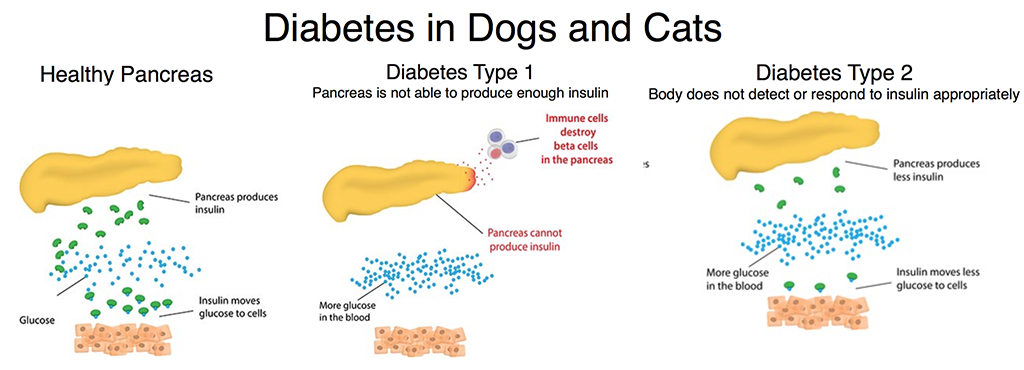
Even before full-blown diabetes sets in, insulin resistance can show up as:
- Unexplained weight gain
- Low energy or lethargy
- Excessive thirst or urination
- Skin issues or yeast infections
- Food cravings or begging between meals
And unfortunately, many dog owners don’t realise the role kibble plays in this process.
What the Science Says – Including the Helsinki Study.
You don’t have to take our word for it – there’s science to back it up.
A landmark study from the University of Helsinki found that dogs fed a high-kibble diet had a significantly increased risk of developing chronic conditions, including metabolic disorders like obesity and diabetes. The researchers compared dogs raised on ultra-processed diets to those fed fresh or raw foods and found stark differences in long-term health outcomes.
Their findings supported what many holistic vets and nutritionists have seen for years: raw-fed dogs maintain better weight, more stable energy levels, and healthier immune systems.
Other studies have also shown that a high-glycemic diet (like kibble) can interfere with glucose metabolism, while high-protein, low-carb diets are far more effective in managing blood sugar and insulin response in dogs.
Find the Helsinki Study Here.
How Real Food Helps Regulate Blood Sugar Naturally
A raw, species-appropriate diet helps your dog in two powerful ways:
1. It removes the glucose overload.
Real food doesn’t rely on starchy fillers or binders. That means fewer blood sugar spikes and less insulin chaos. Instead of carbs, your dog’s energy comes from high-quality protein and healthy fats – exactly what they’re biologically designed to use.
2. It supports stable weight and metabolism.
When you remove inflammatory ingredients and empty calories, your dog’s body can find balance again. That means:
✔️ Better weight management
✔️ Steady energy throughout the day
✔️ Fewer cravings or begging between meals
✔️ Healthier hormone function (including insulin)
✔️ A reduced risk of diabetes and other chronic conditions
The Bottom Line
Diabetes in dogs isn’t just about genetics – it’s deeply connected to what’s in the bowl.
Feeding a high-carb, ultra-processed diet like kibble contributes to insulin resistance, unstable blood sugar, and inflammation over time. On the flip side, feeding a raw, low-carb, whole food diet gives your dog the tools to regulate their own system naturally.
At The Butcher’s Dog, we believe in feeding dogs the way nature intended – not the way convenience dictated.
Because real food doesn’t just nourish – It protects!
Want to make the switch?
Explore our raw, low-carb meals designed to support stable energy, weight, and long-term health.














